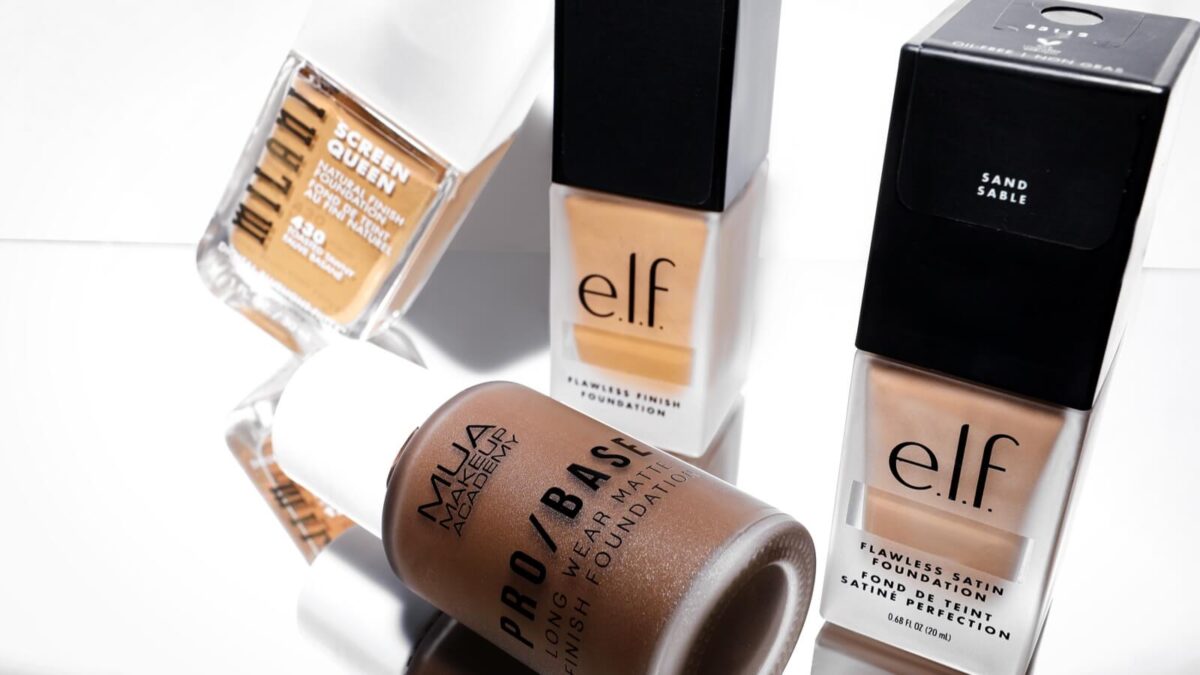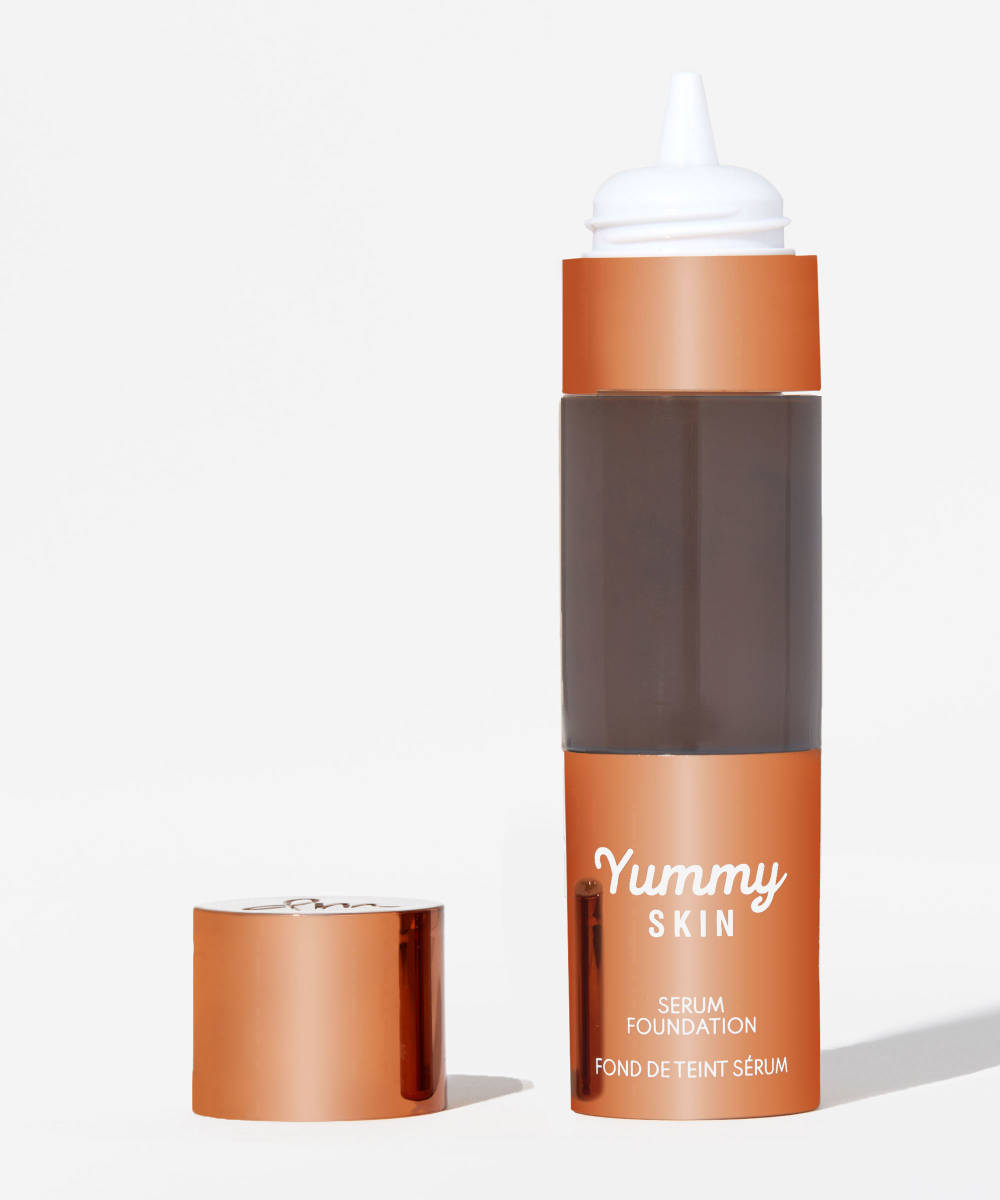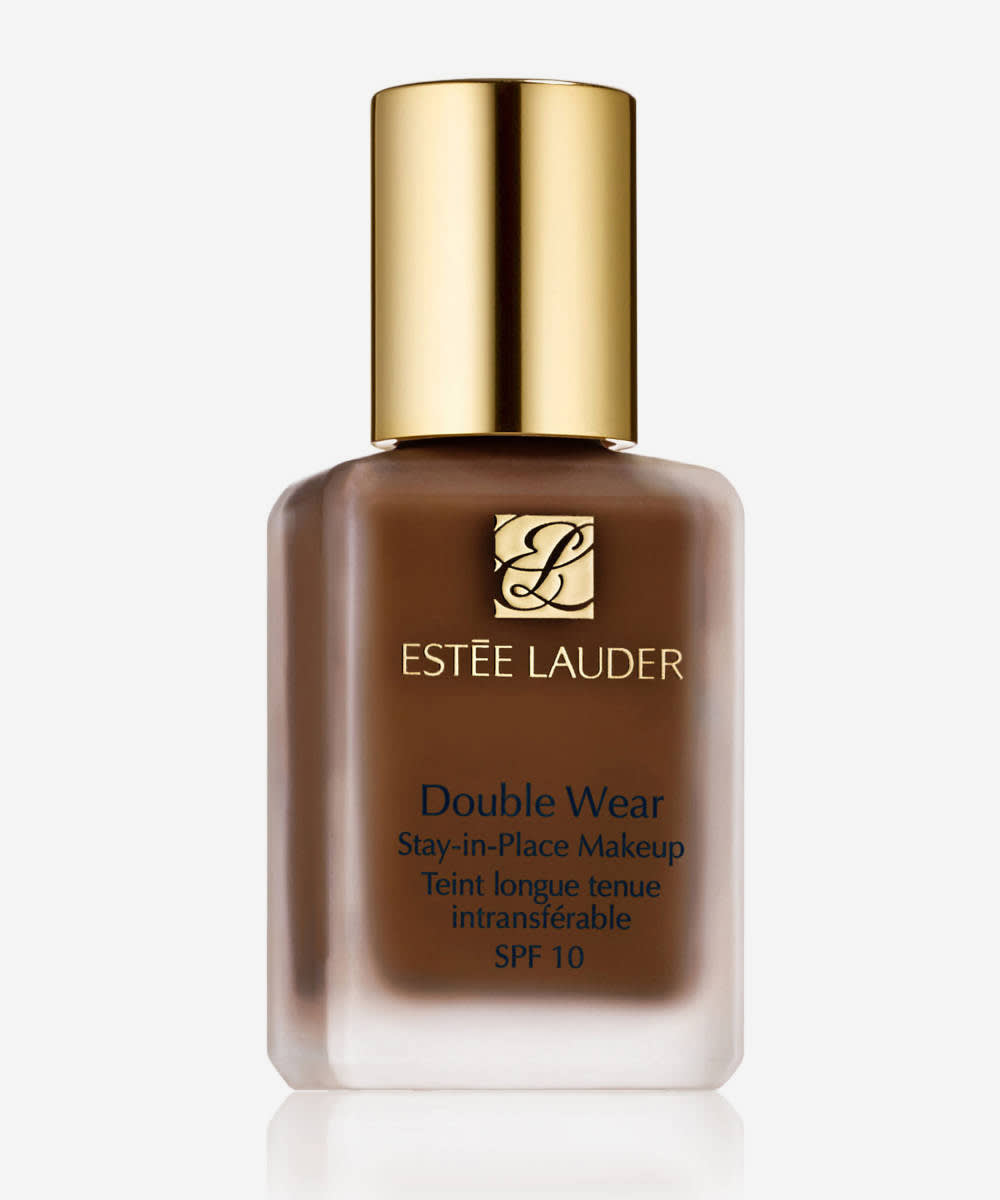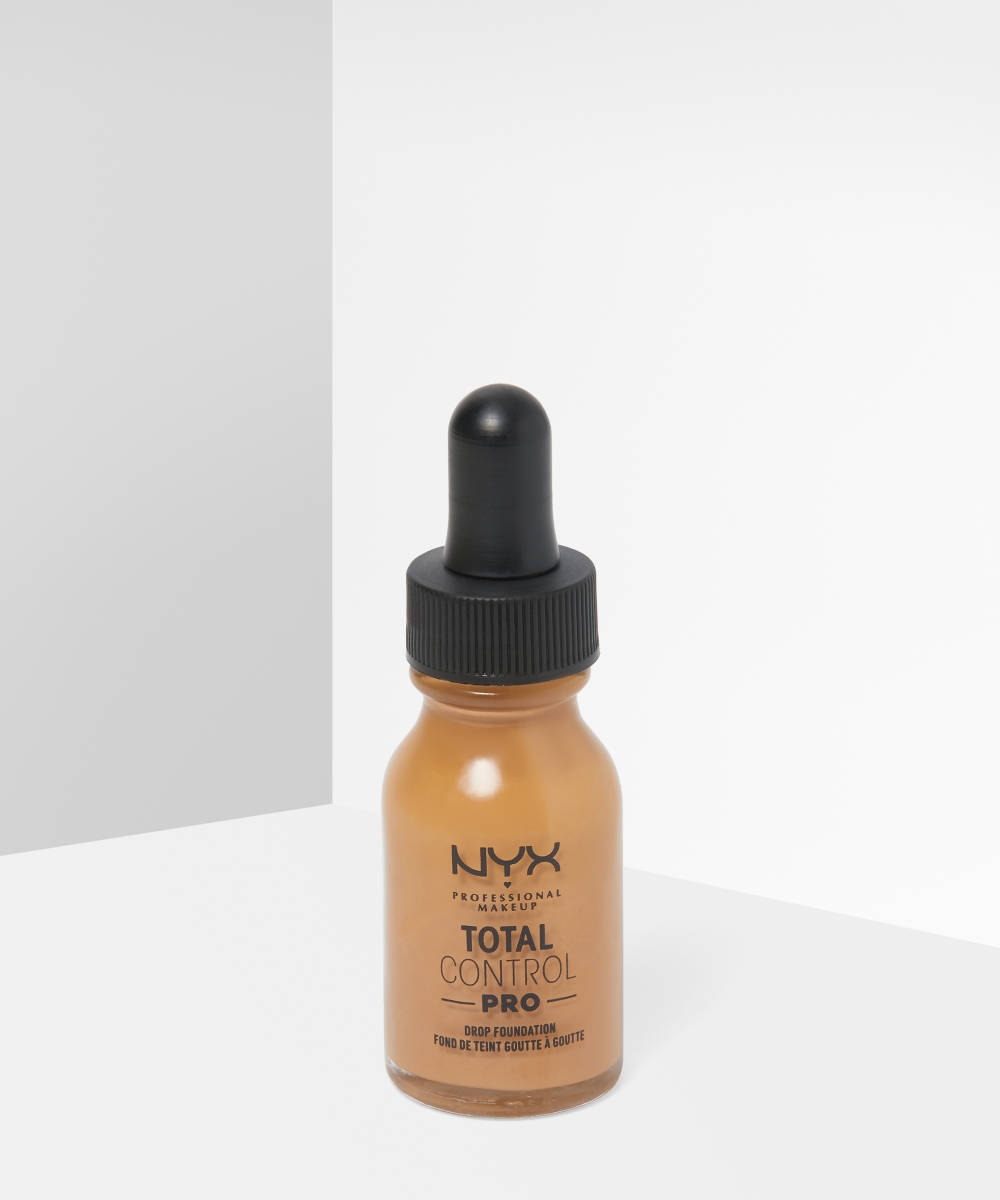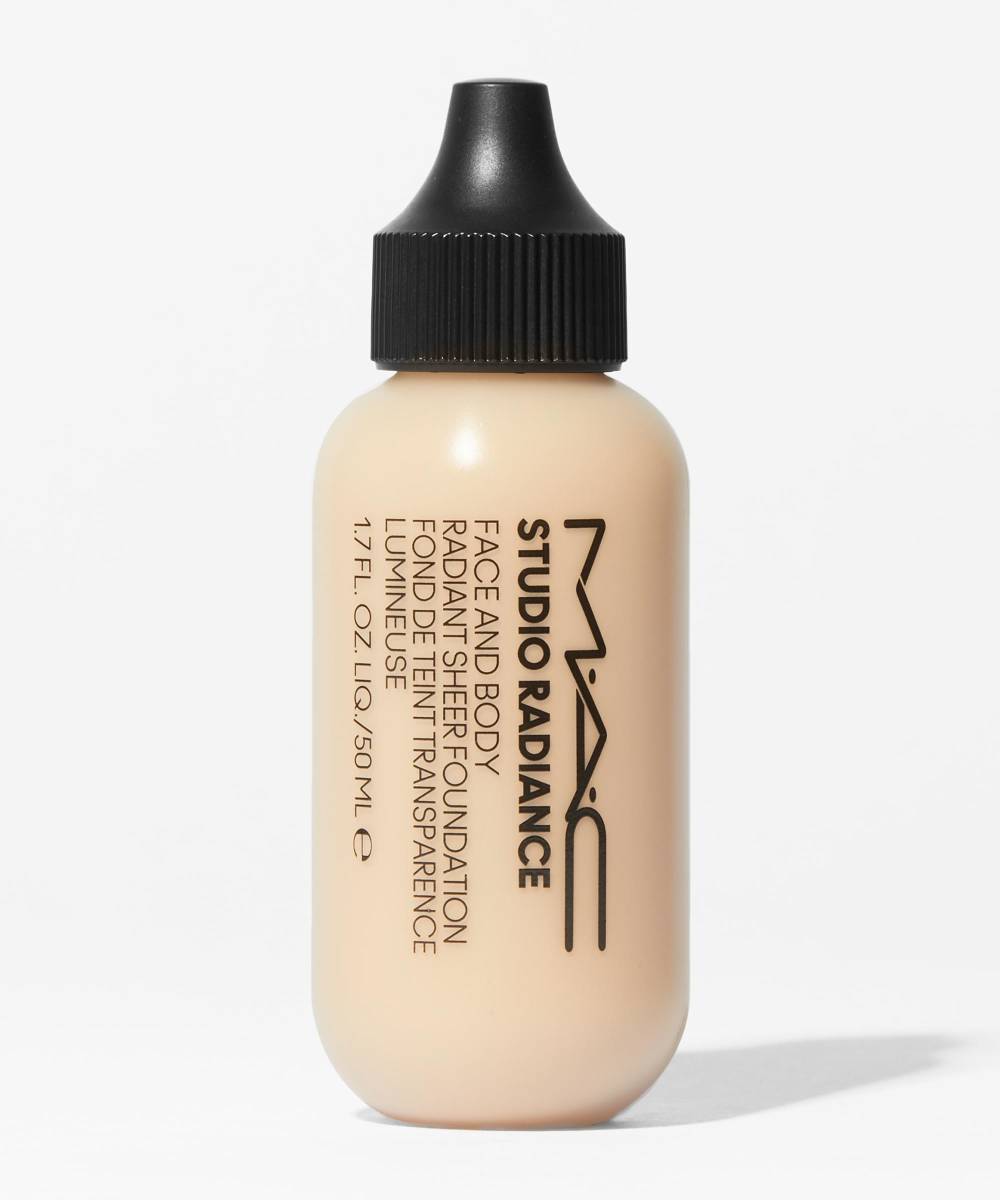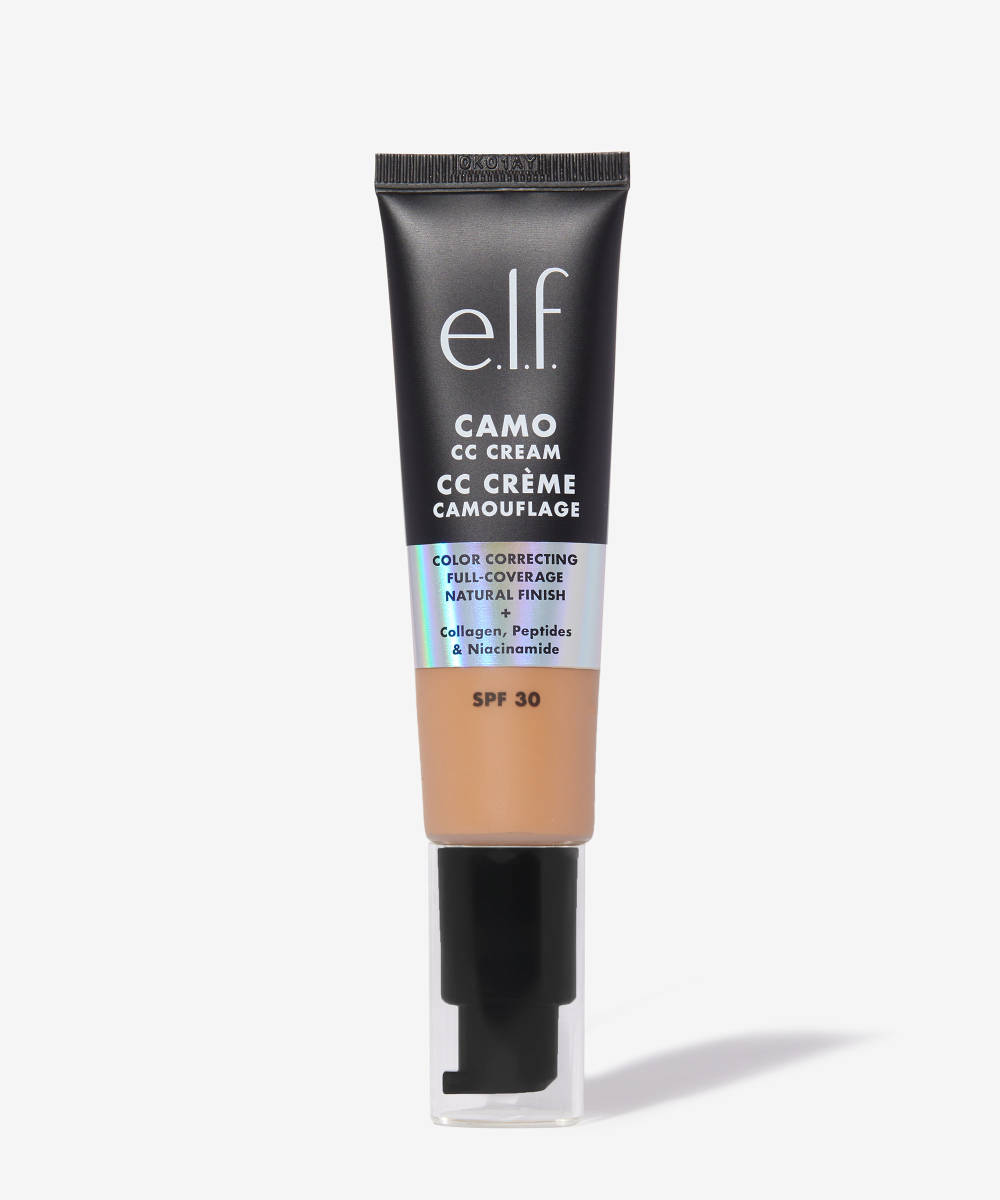Foundation is notoriously the most difficult beauty product to shop for online – not only is there such a vast selection of products available, but there are just so many factors to take into consideration. From the finish (matte, satin, dewy), to the formulation (powder, liquid, cream, stick), the coverage (sheer, medium, full), the undertone (cool, warm, neutral), and of course the colour – because let’s face it, a foundation shade that doesn’t match your neck is not a good look.
Because it’s not possible to swatch and sample different options, shopping for foundation online can be a minefield. So, to make the process as painless as possible, check out our guide to finding your perfect foundation – no swatching required.
1. Know your skin concerns
Is your T-zone an oil slick by midday? If so, then you’re gonna want to opt for a long-wear, mattifying foundation, and avoid oil-based ones (look for ‘aqua’ in the first few ingredients to make sure it’s water-based). Skin prone to dry, flaky patches? Reach for a hydrating and luminous formula – many will also highlight “bonus” moisturising ingredients like hyaluronic acid and squalane. And if your skin is blemish-prone? Choose light, mineral-based or non-comedogenic formulas which will be kind to skin.
2. Identify your undertones
Identifying whether your skin is cool-, neutral-, or warm-toned is the key to making the perfect colour match. Skin with blue veins and a rosy-pink tint sits on the cool side of the spectrum, whereas skin with a yellow/golden tone and greenish veins is warm, and those who consider themselves to sit in between the two would be neutral-toned. Experts recommend choosing a foundation that sits within the same undertone as your natural skin colour, for the most natural-looking match.
3. Choose a coverage
Some prefer a lightweight, barely-there sheer coverage that subtly enhances and lets natural skin show through. However if you suffer from redness, breakouts, scarring, or pigmentation, you may want to opt for a full-coverage foundation that will help to conceal imperfections and create a completely even complexion. Alternatively, opt for medium-coverage, which you can choose to either sheer out for a natural finish or build up for stronger coverage.
4. Customise your shade
If you can’t quite get a perfect shade match, don’t rule out mixing it up – literally. Especially as (if you tan), one shade probably won’t suit you all year round. Whether you mix two foundation shades, dilute the pigment with a moisturiser, amp it up with concealer, or use a primer to add glow, remember that you can easily tailor your shade to perfectly match your skintone.
5. If in doubt, go lighter
Stuck between two shades? Always go for the lighter one – foundation oxidises on skin which means it always ends up slightly darker than it appears to begin with. If necessary you can always deepen the finish with a dusting of bronzer – it’s a lot easier to do this than to lighten a shade that’s too dark, as this usually means it loses its pigment and coverage.
6. Google it
Thanks to the beauty community, the internet is full of videos and images showing swatches of foundations on skin. Even if you can’t find someone with your exact skintones, being able to reference and compare with others on TikTok, Instagram, or Google will be a huge help.
Try these...
If you want the look and feel of a liquid formula with convenience of a skin tint, this is the perfect choice. With very little effort required, you can easily build from light to medium coverage.
If you love a flawless base, this is the foundation for you. The coverage is full and the effect is airbrushed – drying to a matte finish with a hint of glow.
The obvious choice for those who want to customise their complexion finish. Use these uber-pigmented drops to turn your moisturisers, serums, and primers into a tinted base.
A backstage favourite, this sheer-but-buildable formula covers everything from uneven tone and redness through to scarring, dark circles, and breakouts. Ideal for combination skin types and those looking for a base they can customise.
The perfect longwear foundation, this hydrating formula is great for a subtle demi-matte finish that keeps skin looking natural but succeeds in covering everything from blemishes to dark circles.
This CC cream has all the coverage of a foundation whilst being lightweight and comfortable to wear. What’s more, it comes in a great selection of colours for fair, olive, and dark skin.
